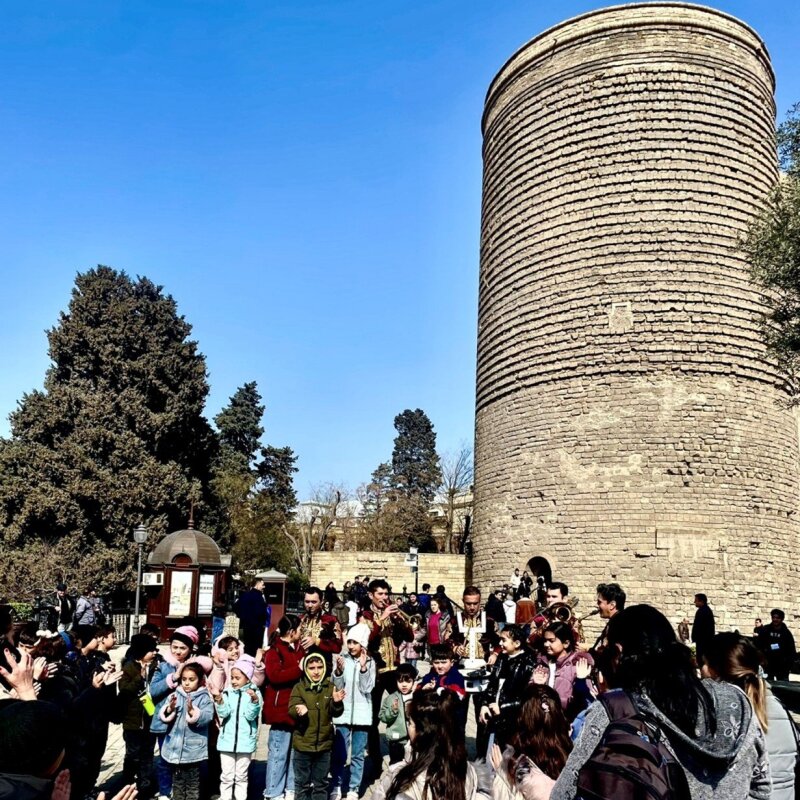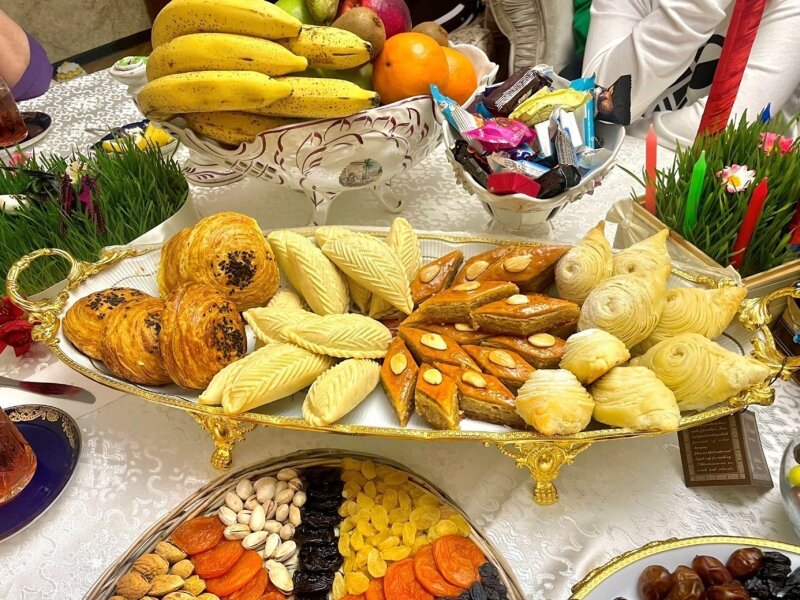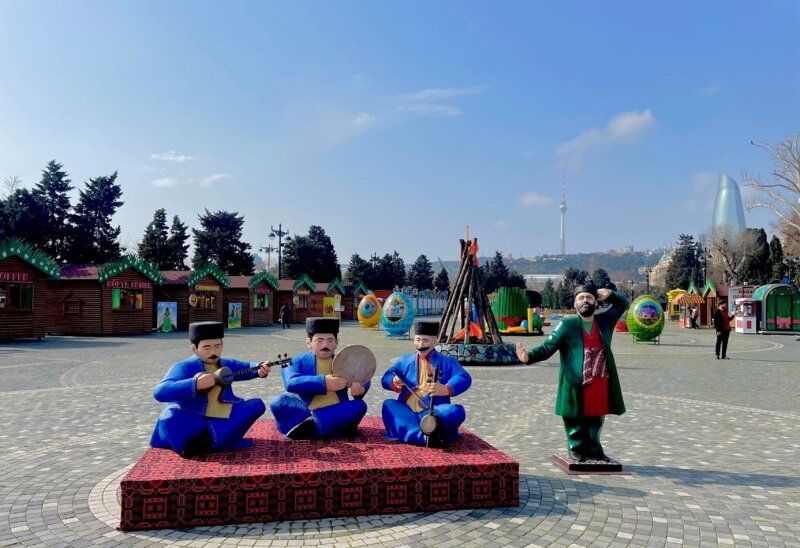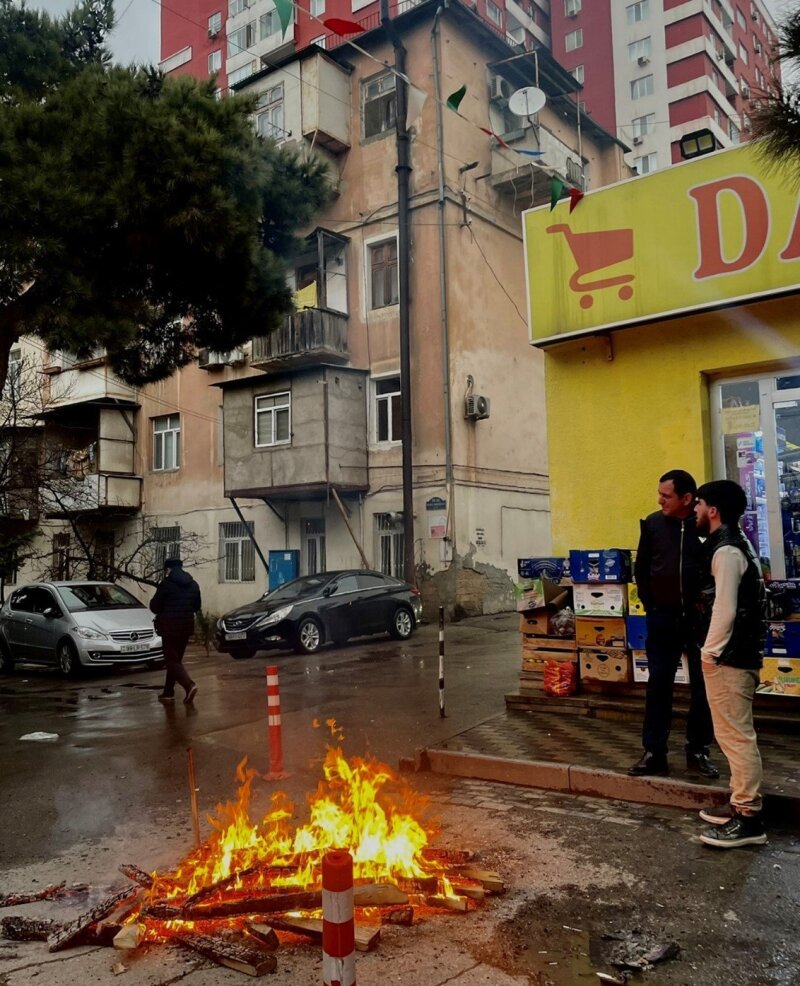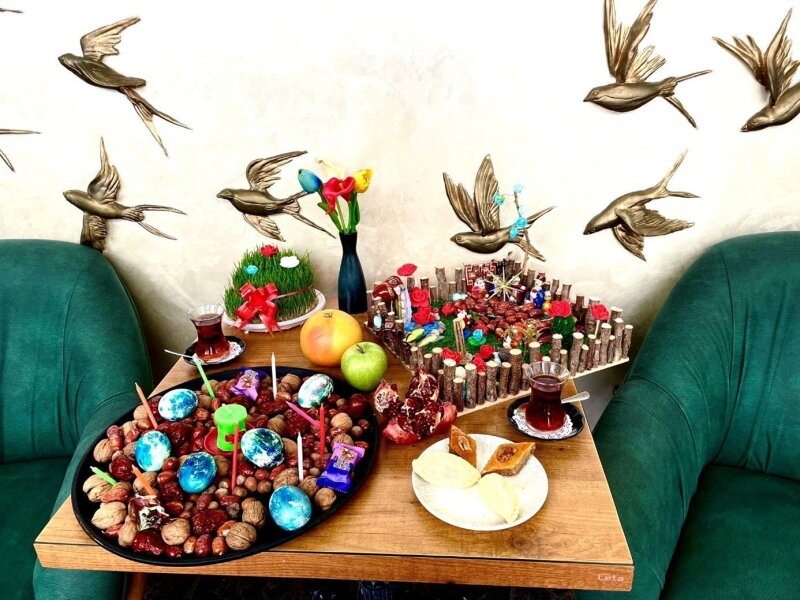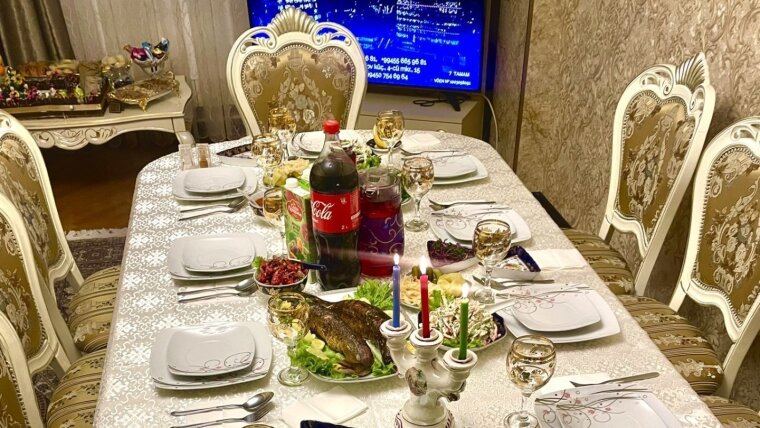
Conducting ethnographic research in authoritarian countriesExternal link is a challenge that requires not only methodological precisionExternal link but also great flexibility. In places where democracy is merely a façade and the authorities do not tolerate independent narratives, anthropologists face an exceptionally difficult task. Azerbaijan is a perfect example of this—a country where the ruling elite not only eliminates opposition but also controls the media, education, and social institutions.
Society in Azerbaijan, shaped by years of colonial dependence, has learned to adapt. Strategies of camouflage, such as takiya (also known as ketman)External link—enable individuals to conceal their true beliefs, aligning outwardly with official ideology. In such an environment, every conversation may carry a hidden meaning, and researchers must constantly assess whether their interlocutors’ words reflect personal experience or merely echo the state narrative. During fieldwork, I occasionally encountered situations where interviewees described their supposed experiences in vivid detail. Only later—often during more informal, follow-up gatherings in a broader group—did it become apparent that, for various reasons—faith in the value of the state narrative, concerns about personal safety, or a lack of confidence—their stories diverged from reality.
How can one study culture under conditions of control? This question accompanied me throughout my work on the project “Ethno-Religious Diversity between Regulation and Everyday Practice,” conducted within the Berlin-based Kon-Koop projectExternal link (Principal Investigator: Tsypylma Darieva, ZOiSExternal link). I focused on the negotiation and regulation of ethnic and religious diversity in the South Caucasus. My key to understanding social dynamics became the celebration of Novruz—the spring festival that has linked Azerbaijan with other countriesExternal link in the Middle East, Central Asia, and the Balkans for centuries.
Artistic performances during Novruz celebrations in front of the Maiden Tower (12th century) in Icheri Sheher (Old City). Baku, March 2024.
Image: Aneta StrzemżalskaIn the spring of 2024, I conducted interviews with festival organizers, officials, and representatives of religious and ethnic minorities. I examined media narratives, observed rituals, and attended festive events. It quickly became clear that Novruz is more than just a traditionExternal link. Like many other forms of artistic expression and even everyday routines, it is also a field for political manoeuvringsExternal link.
During the Soviet era and in the early years of independence, Novruz was celebrated mainly in private homes. The four Tuesdays leading up to the holiday—dedicated to water, fire, wind, and earth—were a time of preparation. Women baked pakhlava, shekarbura, badambura, and gogal, cooked plov and various meats. The air was filled with the scent of honey and cardamom. Men jumped over bonfires, children knocked on doors and hid, hoping for sweet treats placed in the hats they left behind. Candles burned in homes to ensure prosperity, and green semeni (wheat sprouts) symbolized abundance.
Homemade pastries: gogal, shekarbura, pakhlava, and badambura (from left to right). Baku, March 2024.
Image: Aneta StrzemżalskaMany of these customs have survived, but in an altered form. Plov is no longer a festive dish, and homemade pastries are increasingly being replaced by store-bought ones. In cities, bonfire jumping is prohibited, so this tradition can mostly be seen in the outskirts, where the police turn a blind eye.
At the same time, Novruz has become a state event. Authorities have extended the holiday period to as long as ten days. Baku attracts tourists and residents from other regions with markets, performances, and spectacles that blend tradition with the official historical narrative. Cultural policy increasingly integrates Novruz into state ideology. Public spaces are adorned with enormous decorations, theatrical set designs resembling fairy-tale productions, and staged performances of ancient battles between winter and spring.
Preparations for Novruz celebrations on Baku Boulevard. City services are setting up symbols traditionally associated with Azerbaijani culture_ painted eggs, a bonfire, and performers of mugham music. Baku, March 2024.
Image: Aneta StrzemżalskaInterestingly, the figure of Shikhali Gurbanov often appears in the context of these celebrations—a poet and politician who, in 1967, allegedly organized the first mass Novruz celebrations against Moscow's wishes. He died under mysterious circumstances, and many of my interlocutors believe his death was the result of political intrigue. Although there is little historical evidence, this story functions as part of the national myth.
One of the people who shared this story with me in remarkable detail was N., a 68-year-old woman of mixed ethnic background who grew up in the northwestern region of Azerbaijan. She was raised in a prominent household; her father held a high-ranking administrative post. My initial interview with her—recorded and transcribed—felt coherent and clear, aligning closely with the dominant narrative surrounding Novruz and Gurbanov.
That changed during a subsequent visit. This time, we were gathered at N.’s home in a larger group, celebrating Novruz together. Among the guests was one of N.’s cousins, who, in the context of my research, casually mentioned that Novruz hadn’t been celebrated in her hometown until after the collapse of the Soviet Union. “In Soviet times, it simply didn’t exist,” she said.
That single sentence reshaped my perspective. Until then, I had thought of Novruz as a continuous tradition—passed down from generation to generation, uniting all Azerbaijanis in shared cultural memory. This was also the version of Novruz that N. had originally presented to me. But now, cracks were starting to appear in the surface of that seemingly cohesive story.
Throughout my research, I’ve returned again and again to the same question: Where does personal experience end, and where does official propaganda begin? In authoritarian contexts, this boundary is often porous and difficult to trace. That’s why a personalized, context-sensitive approach to fieldwork is so crucial. Understanding an individual’s background, social standing, and motivations can be just as important as the content of what they tell you.
A bonfire in a Baku neighbourhood on the fourth Tuesday before Novruz celebrations. Baku, March 2024.
Image: Aneta StrzemżalskaIn such environments—where the lines between truth, memory, and ideology are frequently blurred—researchers must proceed with patience, empathy, and a willingness to sit with ambiguity. Rather than chasing quick certainties, we should focus on building trust, returning to conversations over time, and allowing new understandings to emerge slowly.
Triangulating sources—comparing stories across individuals, settings, and contexts—is vital. So too is paying close attention to what is left unsaid: the pauses, evasions, or subtle shifts in tone that may reveal as much as any explicit statement. And, we must always remain self-aware, critically reflecting on our own positionality, assumptions, and the power dynamics at play in every exchange.
In the end, understanding why a narrative exists—what purpose it serves, what fears or hopes it encodes—can sometimes be more revealing than simply determining whether it is factually true.
Ethnography in authoritarian states is not just about analysing texts or media narratives. It demands in-depth and time-consuming fieldwork, prolonged observation, and a heightened sensitivity to what remains unspoken. This approach requires far more time, emotional investment, and energy than more conventional research methods, as building trust and accessing meaningful insights often unfolds gradually, across repeated encounters and shifting contexts. Even in a state striving for complete control over the narrative, individuals and groups exist outside the official framework. That is why my research adopts a perspective centred on social actors—an approach that captures adaptive strategies and identity formation mechanisms under authoritarian conditions. This is how we can better understand how festivals and rituals become tools in the hands of power, but also how people find in them a space for their own culture and history.
The tray with Novruz treats in Azerbaijan is called a khoncha. It is usually a large silver or copper tray, though it can also be a wicker basket. It holds sweets, nuts, fruits, dyed eggs, and candles. The khoncha is a central element of the festive table during Novruz, symbolizing the hope for a plentiful harvest in the coming year. Baku, March 2024.
Image: Aneta StrzemżalskaPictures: all pictures by Aneta Strzemżalska
Acknowledgement: I would like to express my gratitude to Tsypylma Darieva for their kind support in editing the piece.
Author Bio: Dr. Aneta Strzemżalska is a cultural anthropologist specializing in the anthropology of the state, war, nationalism, and the decolonization of former Soviet states.
Peer-reviewed by Apl. Prof. Dr. Olaf Leiße, Professor of Political Science, Department of Political Science, Friedrich-Schiller-University Jena
